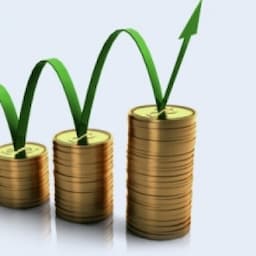The week that was:
Trading for the week started on a bearish note as the S&P/TSXgained on first trading of the week on Monday, July 10, 2017. The main index posted its lowest close since November at 15,027.20. on Friday, July 7, 2017. The stock index later snapped from a seven-month low and found its way into green.
The rise in the index can be attributed to Wall Street, as it started the week on an upbeat note as investors remained optimistic about the earnings report.
The Toronto Stock Exchange’s S&P/TSX composite index closed up 78.12 points, or 0.52 percent, at 15,105.28 on Monday, July 10, 2017.
With a strong start, the index had a good opening for Tuesday and Wednesday, while investors awaited the Bank of Canada’s interest decision. There was huge expectation that the central bank would increase the interest rate for the first time since 2010.
The Canadian dollar surged to its highest level in more than a year against the greenback on Wednesday on anticipation of interest hikes from the central bank.
As anticipated, the Bank of Canada raised its key interest rate to 0.75 percent, 25 basis point increase from earlier 0.50 percent.
In a press release, Governor Stephen Poloz was positive about the economy, commenting that it is stepping into the recovery note and would remain above potential, which made the market sentiment bullish.
The index capped its gain from the earlier days and were flat on Thursday, July 13, 2017, as the actual interest rate hike sparked concerns among the market regarding higher borrowing costs and consumer spending.
The S&P/TSX index slumped 8.99 points to end the session at 15,135 on Thursday.
However, the market finished the week on a high note as the composite index moved 39.81 points higher, or 0.26 percent, to finish the day and end of the week at 15,174.81.
On the economic front, new housing prices in Canada climbed 0.7 percent in May, more than economists forecast, according to Statistics Canada.
Job vacancies rose by 17.5 percent to 58,000 from the first quarter of 2016 to 388,000 in the first quarter of 2017.
U.S Federal Reserve chair Janet Yellen said that the central bank may go softer with monetary policy than it previously planned.
